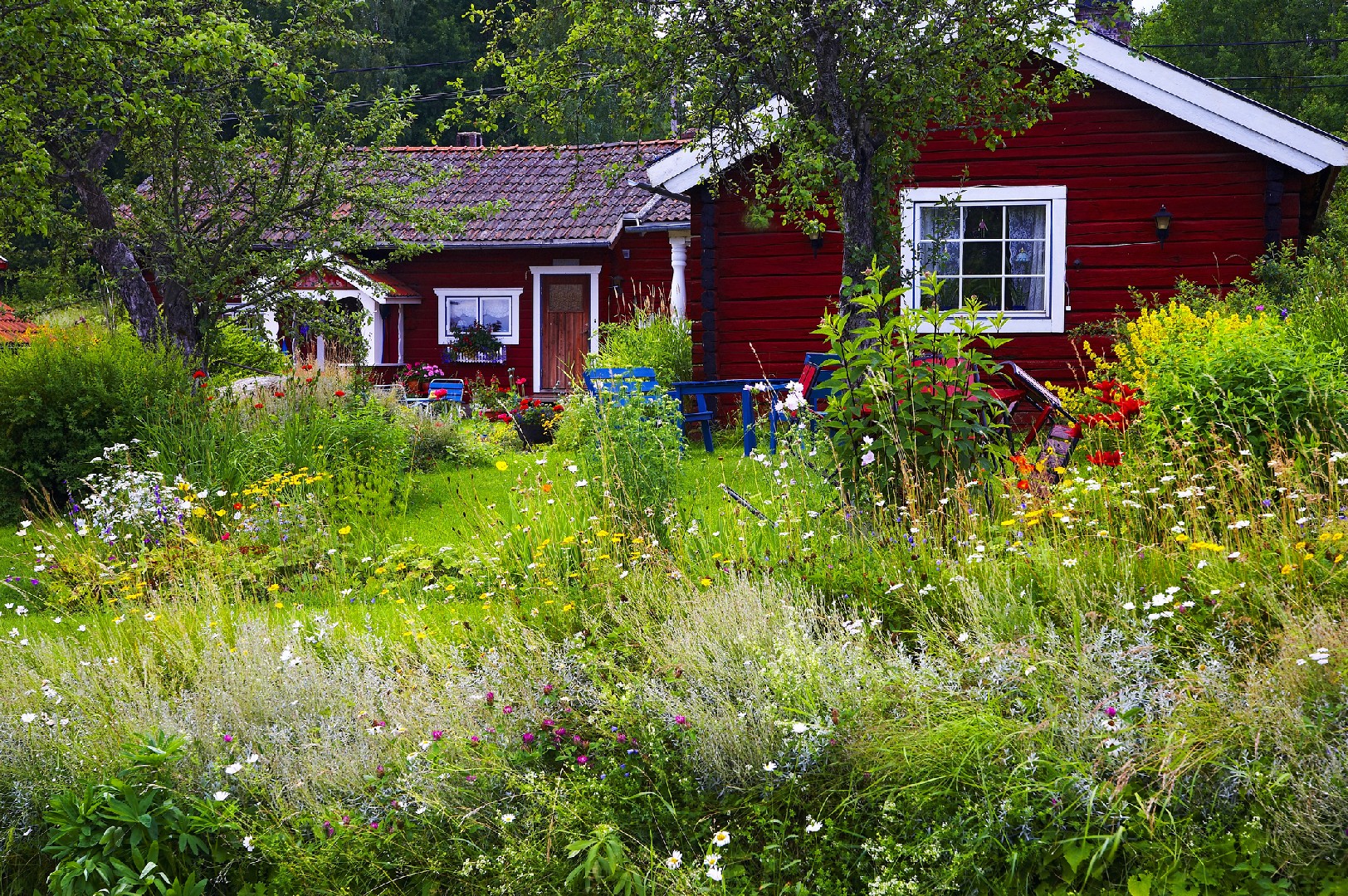![Rectangle]()
Fundamentals of Transition Garden Design
Transition garden design is an art that allows for the seamless shift of the garden's appearance and functionality as the seasons change. It entails carefully selecting plants, colors, and garden structures that can effortlessly transition from one season to another, creating a harmonious and ever-evolving landscape throughout the year.
One of the key aspects to consider in transition garden design is the selection of plant types. It is essential to choose plants that flourish in different seasons, ensuring that there is always something beautiful and vibrant blooming in the garden. By incorporating a mix of annuals, perennials, and biennials, you can create a dynamic and ever-changing display that transitions seamlessly with the passing seasons.
Another crucial element in transition garden design is the careful consideration of color schemes. By selecting a cohesive color palette that evolves with the seasons, you can create a visually stunning garden that captivates throughout the year. For example, in the spring, choose soft pastels and bright greens to represent new growth and renewal. As summer arrives, vibrant yellows, oranges, and purples can evoke feelings of joy and warmth. In the autumn, rich reds, oranges, and browns can reflect the changing foliage, while in the winter, whites, blues, and silvers can create a serene and peaceful atmosphere.
Garden structure also plays a vital role in transition garden design. By incorporating elements such as pathways, trellises, and garden structures, you can add depth and dimension to your garden, creating visual interest and focal points that transition beautifully throughout the seasons. For instance, an arbor can provide a shady respite in the summer and act as a stunning focal point covered in climbing vines in the spring and fall.
To achieve a successful transition garden design, it is essential to consider the practical aspects as well. Regular maintenance, such as pruning, weeding, and mulching, is necessary to keep the garden healthy and looking its best throughout the seasons. Additionally, understanding the local climate and factors such as sun exposure and soil conditions can help you make informed decisions about plant selection and care.
In conclusion, mastering the art of transition garden design is about creating a landscape that seamlessly changes and evolves with the seasons, providing beauty and interest throughout the year. By carefully selecting plant types, color schemes, and garden structures, and considering practical aspects such as maintenance and climate, you can create a garden that not only looks incredible but also brings joy and inspiration to all who experience it.





